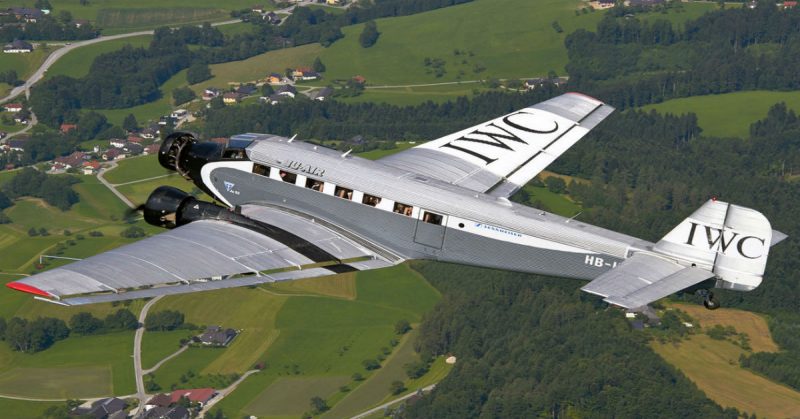A WWII vintage plane, carrying 17 passengers and 3 crew members, crashed near a mountainside in Switzerland. The plane was a Junkers JU-52 HB-HOT. It was on a sightseeing trip at the time. The 1939 plane, nicknamed “Iron Annie,” was on its way back to Zurich after a two-day visit to see the sights of Switzerland.
As of August 5, officials are not sure what caused the crash. Witnesses to the crash said that they saw the plane descend from high in the Swiss Alps, but there is no concrete evidence as to what actually occurred there. An eyewitness told a local reporter that the “plane turned 180 degrees to the south and fell to the ground like a stone.”
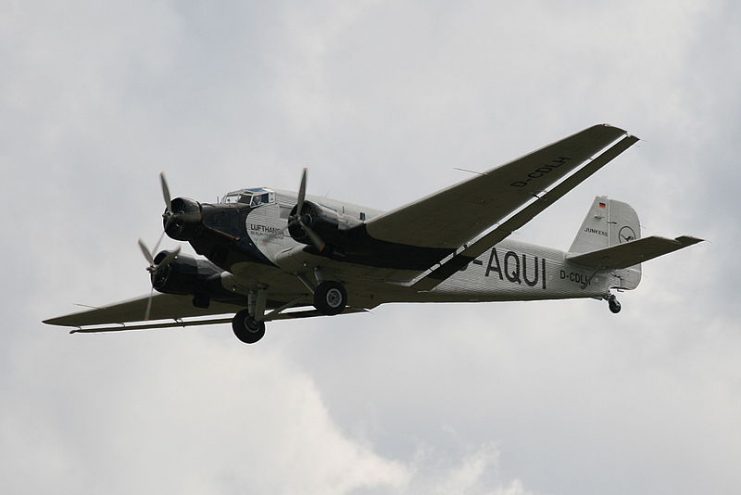
All flights by Ju-Air, the company operates the plane and the tour, have been suspended pending the investigation of the crash. The company expressed its sadness over the crash and set up a hotline that family members can call. Ju-Air is a company that runs sightseeing tours on German-made vintage WWII planes. The company’s CEO, Kurt Waldmeier, confirmed that a maintenance inspection was done on the plane last month.
Normally, investigators can get a digital play-by-play from a plane’s black box. The black box will show exactly what happened with the aircraft up until the time of impact. However, the WWII vintage plane involved in the crash today did not come equipped with a black box. It may take quite some time to discover what happened, according to BBC journalist Imogen Foulkes.
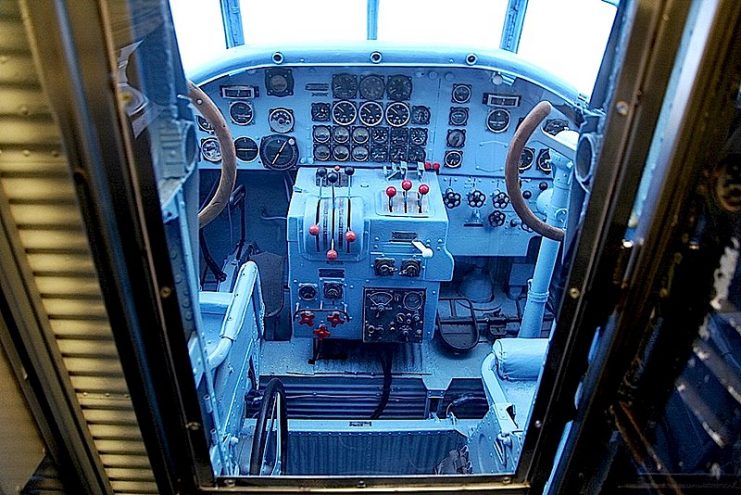
The Swiss Transportation Safety Investigation Board does have some information at this time. Daniel Knecht, spokesperson for the STSB, indicated: “What we can rule out at this point is that there had been a collision before the crash, neither with another aircraft nor with some other obstacle such as a cable.”
He also confirmed that they have been able to deduce that the plane smashed into the ground vertically at a very high speed. The plane crashed about 8,300 feet above sea level on the western side of Switzerland’s Piz Segnas.
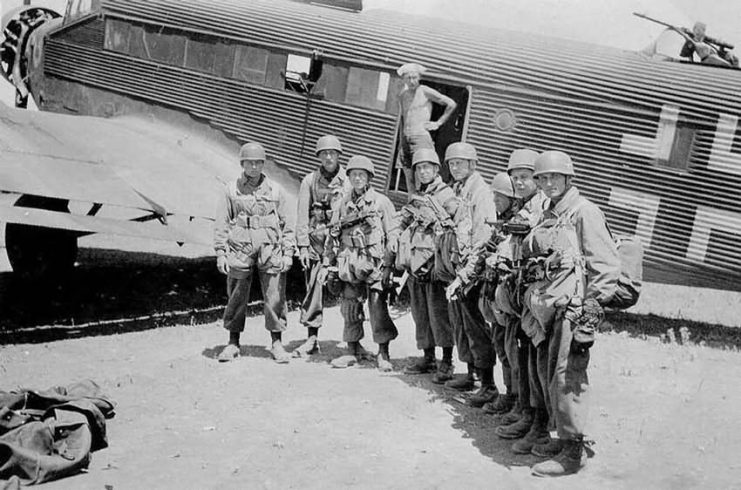
It is possible that a current heat wave in Switzerland could have had something to do with the crash. Temperatures were soaring above 94 degrees at the time of the incident. Photos of the wreckage show the entire plane demolished, with just a portion of the tail intact.
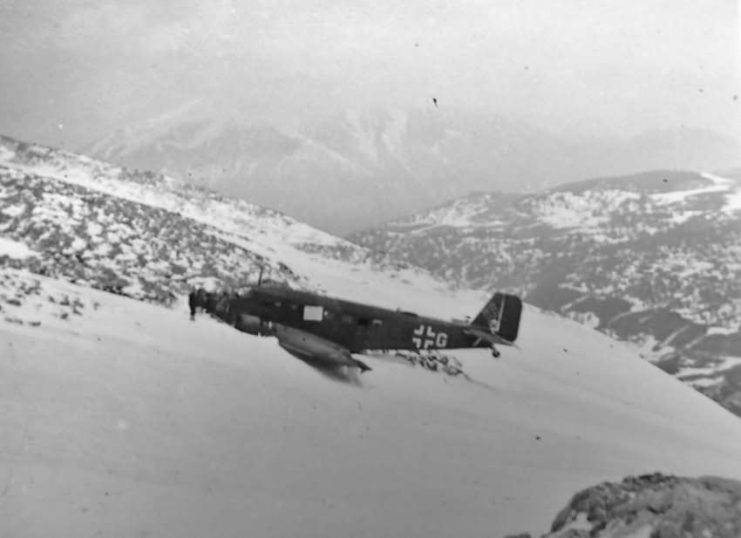
According to Knecht, although high temperatures do not directly cause a crash, they can affect how a plane flies, since they make the air much thinner than normal. Knecht stated, “The aircraft has less power at the same altitude, you can feel it at the start or in a curve.”
The 20 people on board were who you would expect to find on a sightseeing tour group. According to police spokesperson Anita Senti, there were 11 men and 9 women on the aircraft when it went down. They were aged 42 to 84 years old.
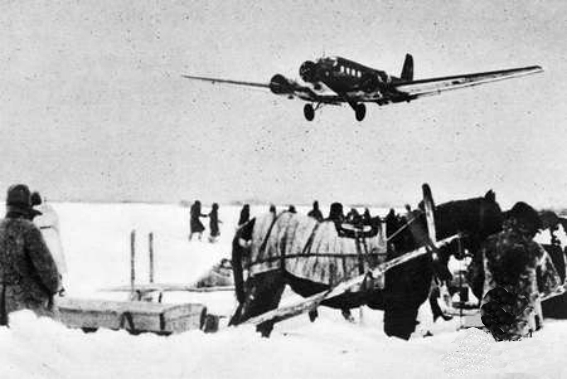
As of the time this is being published, police are still working to recover the bodies, but they are sure there were no survivors. 17 of the 20 victims are from Switzerland. 3 are from Austria–they are believed to be a couple and their son.
Ju-Air reported that the pilots handling the plane were more than experienced. The 62-year old pilot had flown for the Swiss Air Force and commercially for Swiss Air combined for over 30 years. The co-pilot, 63, had also flown for more than 30 years as a military and commercial pilot.
Even though the plane was almost 80 years old, Ju-Air sees no reason to think there were any issues with the plane. It had been well maintained and serviced every 35 hours.
Read another story from us: Focke-Wulf Fw190 – 13 Facts
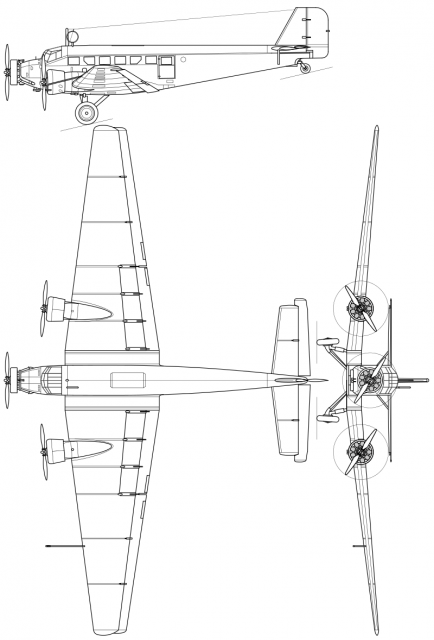
Swiss aviation authorities also confirmed that there was no evidence to show that there were any mechanical issues while in the air. Information will be released as authorities learn more about the cause.
